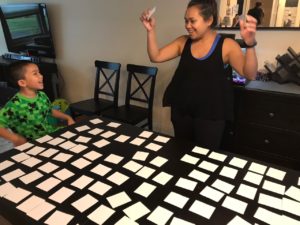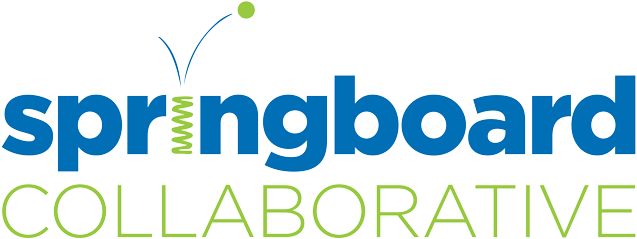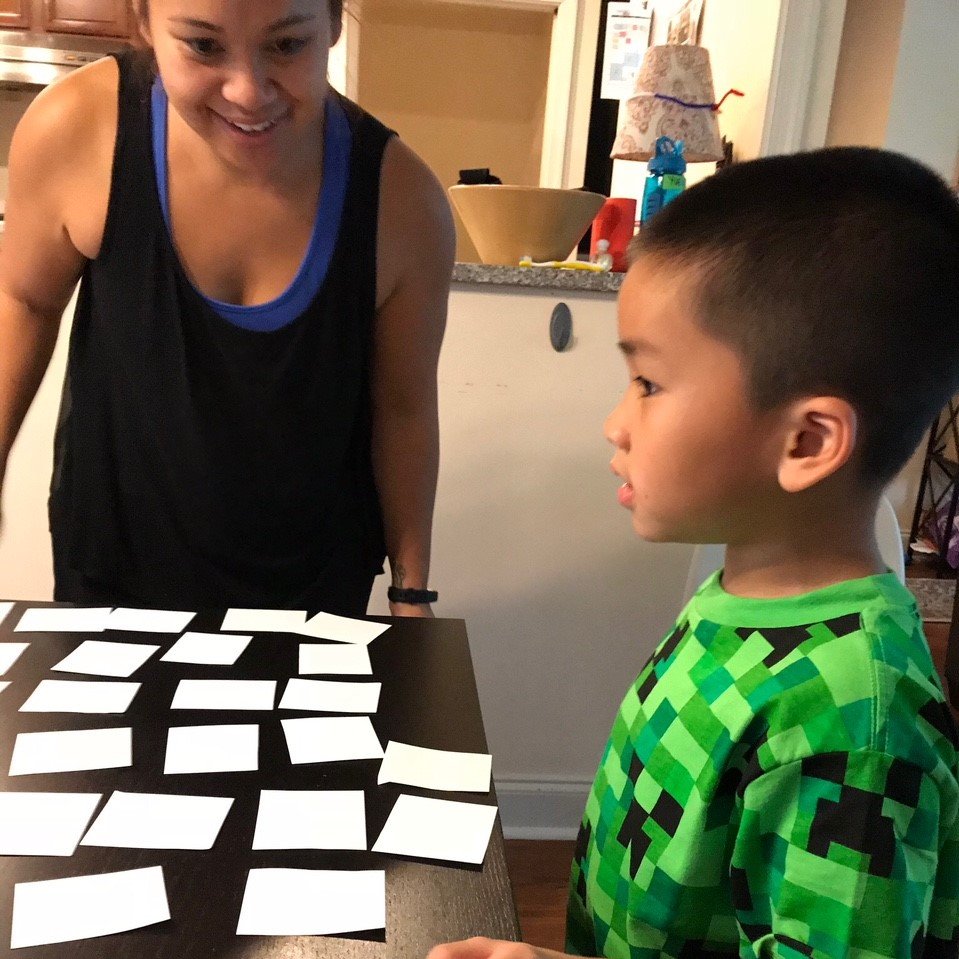Booktalks and Engaging Readers is a monthly series that is mostly dedicated to children’s books. In addition to sharing quality literature with teachers and families, this series will share resources for what works — and what doesn’t — for encouraging and engaging readers, and building habits for everyone involved (child, teacher, and adult at home). For previous posts, explore the Booktalks and Engaging Readers tag.
Have you ever been at a school curriculum night and heard the phrase “sight words” and felt completely lost? Have you ever walked away from a parent-teacher conference and thought, “Why was he talking so much about sight words? What does that mean exactly?” You aren’t alone! The term ‘sight words’ is so commonly used in the world of education but often undefined. Let’s define it, look at some examples, and fun ways to practice them with your child.
Sight words defined
Sight words are words that appear very often in the books children read. We want children to read with ease and fluency, so we encourage children to memorize sight words, eliminating the need to focus on solving these words every time they encounter them – which they will a lot. Sight words are often words that cannot be “sounded out” phonetically. Think about what you say to a child struggling with an unknown word. You may say, “sound it out.” Sight words are those tricky words that don’t follow the rules and we have to memorize instead of sounding out according to the letters. Here’s an example: was
If we wanted a child to sound out that word, they may end up saying “/w/ /aaa/ /s/” instead of saying it the way it sounds (“wuz”). Therefore, this word is a “sight word” because we must rely on our memorization of the word instead of sounding it out using the letter sounds.
A sampling of sight words in Kindergarten:
Do, down, for, go, he, her, play, like, little, look, now, we, what, you
Given the word list above, think about how you would help your child solve that word. It’s difficult to do and near impossible. Instead, we can help them learn these words automatically by playing games and finding fun ways to spot them in the world around us.
Practice sight words at home and in the world around you
When children are ready to start learning sight words, you may notice that these words are all around you. You don’t need to wait until you are sitting down with a book to practice them. Walking home from the store, you may pass a lot of signs that have small words like “is,” “it,” or “stop” that you can point out to your child. On the bus, you may bring attention to these words by pointing to them or spelling them out with your child.
When you have a book, magazine, or even your phone, try to search for sight words. You can even use an article that the child can’t read; they could still find little words they know within it!
Practice sight words through games
You don’t need to only practice sight words on signs and in books. There are also fun games you can make and play at home with sight words. These are variations of games that you may know like “Go Fish” or “Concentration/Memory.”
Go Fish
Set Up:
Using notecards, write one sight word on each card. Write all the sight words down Make sure to write lightly enough so that you can’t see the word through the card.
Deal 6-7 cards face down on the table between the two players. Deal the remaining cards to every player, making sure each player gets the same number of cards.
Rules:
The object of the game is to collect as many pairs as possible.
Look at your cards once you get them, making sure not to show any of the other players your hand. Try to think of what each word says.
When it’s your turn, say the name of one of the other players and ask them if they have a matching card of one of the words you have in your hand.
If they do have the card, they must give it to you. You will match the two cards face up on the table next to you and say the word on the cards out loud. If they don’t have the card, they tell you to “go fish.” If you have to “go fish,” you must take one of the cards in the middle and put it in your hand.
Tips for practicing:
Ask your child to review the words before the game officially starts and ask for help if they don’t know the words. This will also help them remember the words as the game continues.
If your child doesn’t know the word, ask them to give hints or to describe the word.
Ensure your child is saying the words they have as often as possible, or, while being asked, that they are reviewing the words in their hands or even whispering the words to themselves.
Concentration/Memory

Set Up:
Using notecards, write one sight word on each card. Write all the sight words down Make sure to write lightly enough so that you can’t see the word through the card.
After shuffling, face all cards down on the table in rows and columns.
Rules:
The object of the game is to collect as many pairs as possible.
The first player flips over whatever card they want and reads the word out loud.
The first player then flips over another card and reads the word out loud.
If they are the same word, the player keeps those cards and goes again. If they don’t, the player must put them back and flip them over and play moves on to the next player.
The game ends when all of the cards are gone.


